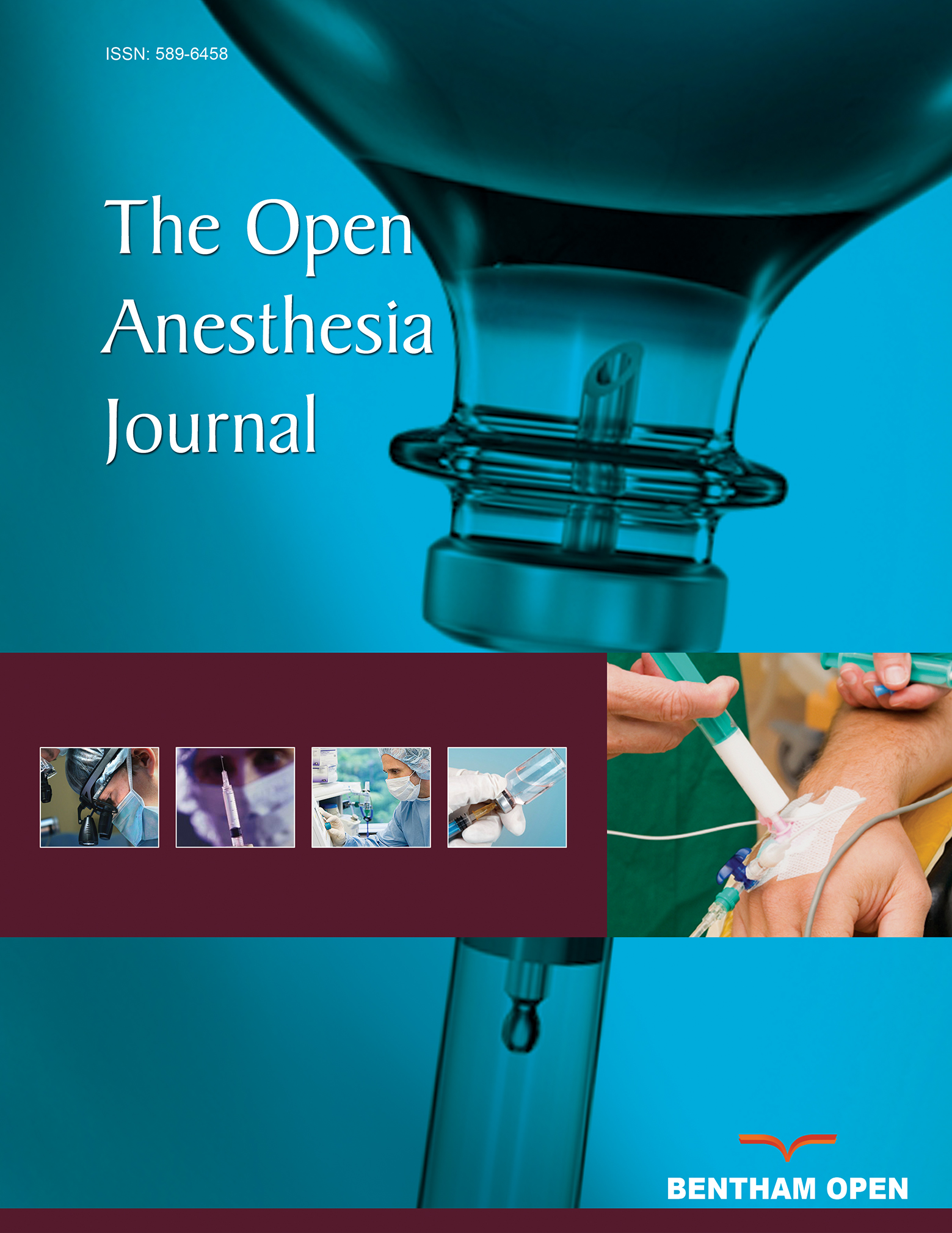All published articles of this journal are available on ScienceDirect.
Methodological Aspects of Lactate Measurement – Evaluation of the Accuracy of Photometric and Biosensor Methods
Abstract
Introduction:
The present investigation was designed to investigate the accuracy and precision of lactate measurement obtained with contemporary biosensors (Chiron Diagnostics, Nova Biomedical) and standard enzymatic photometric procedures (Sigma Diagnostics, Abbott Laboratories, Analyticon).
Materials and Methods:
Measurements were performed in vitro before and after the stepwise addition of 1molar sodium lactate solution to samples of fresh frozen plasma to systematically achieve lactate concentrations of up to 20 mmol/l.
Results:
Precision of the methods investigated varied between 1% and 7%, accuracy ranged between 2% and -33% with the variability being lowest in the Sigma photometric procedure (6%) and more than 13% in both biosensor methods.
Conclusion:
Biosensors for lactate measurement provide adequate accuracy in mean with the limitation of highly variable results. A true lactate value of 6 mmol/l was found to be presented between 4.4 and 7.6 mmol/l or even with higher difference. Biosensors and standard enzymatic photometric procedures are only limited comparable because the differences between paired determinations presented to be several mmol. The advantage of biosensors is the complete lack of preanalytical sample preparation which appeared to be the major limitation of standard photometry methods.


